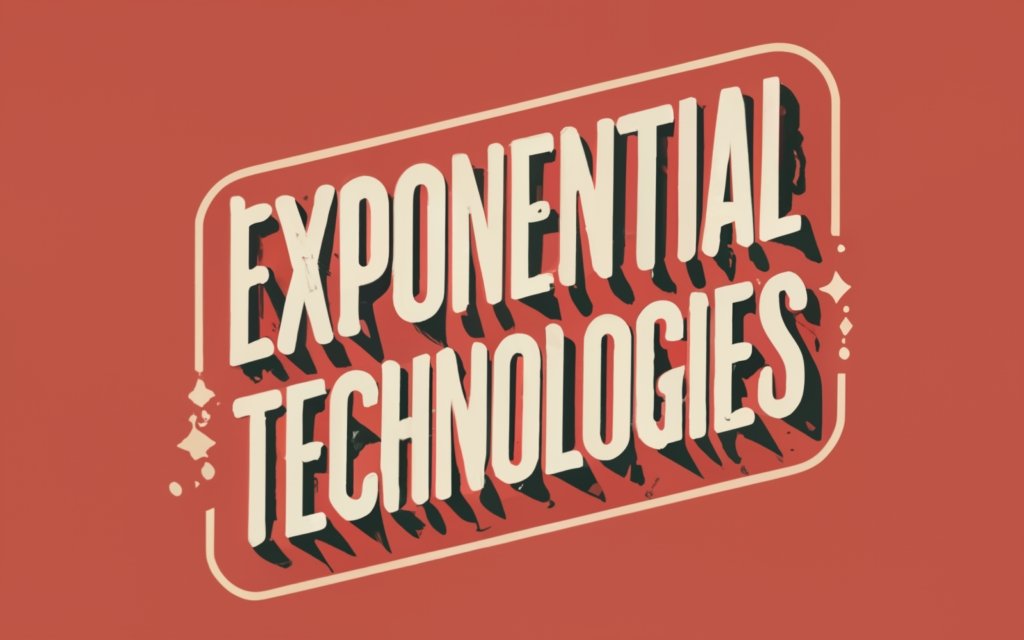Exponential technologies are advancing at an accelerating pace, transforming industries and societies around the world. These disruptive innovations are a critical focus area within the Enterprise Agility Way of Thinking (EAWT).

What makes a technology exponential? Exponentials exhibit doubling or even quadrupling in power, speed, capacity, or other metrics on a frequent basis. This leads to astonishing progress over months and years versus the linear pace of progress associated with traditional technologies.
Some prominent examples of exponentials relevant to business include artificial intelligence, renewable energy, quantum computing, robotics, 3D printing, virtual and augmented reality, digital biology, networks and sensors, and nanomaterials. The impacts of these technologies are far-reaching.
Artificial intelligence continues its relentless march, enabling systems to sense, comprehend, act, and learn on their own. From predictive analytics to conversational interfaces to driverless cars, AI is reshaping how businesses operate, engage customers, and make data-driven decisions.
Renewable energy technologies such as solar, wind, and energy storage are disrupting traditional utilities. Combined with electrification, automation, and ridesharing, electric and autonomous vehicles promise to revolutionize transportation.
Quantum computing leverages quantum mechanical phenomena to solve problems beyond the reach of classical systems. This has major implications for cybersecurity, financial modeling, artificial intelligence, and material science.
Networks of low-cost sensors coupled with the internet of things and 5G connectivity enable real-time awareness and response across infrastructure, supply chains, factories, cities, and more.
3D printing allows on-demand fabrication of parts, products, homes, and even human organs, transforming manufacturing, supply chains, and healthcare.
As these examples demonstrate, exponentials enable new value creation opportunities while also threatening the status quo. Incumbents must adapt or risk disruption. The upside for early adopters is immense but so is the risk of missteps.
This fast-changing landscape requires a new organizational mindset and approach – the foundation of Enterprise Agility. Companies must monitor exponentials, assess strategic implications, and rapidly prototype new technologies, business models, and innovations.
Technical agility is vital to keep pace with exponentials inside and outside the organization. Agile software development, DevOps, design thinking, and lean startup provide helpful models to iteratively build, test, learn, and adapt.
New skills and roles like data scientists, scrum masters, and growth hackers reflect the human capital required to harness exponentials. Learning agility, knowledge sharing, and workforce mobility help employees reskill and seize new opportunities. But focusing only on technical factors is insufficient. Exponentials also have deep business model, workforce, and societal impacts. Enterprise Agility provides a holistic framework to sense, evaluate, and harness exponential technologies for shared progress. Models like the TriValue Company and Future Thinking highlight the need to consider value across customers, the company, and employees.
Mental agility and Intellectual humility help leaders make bold decisions despite uncertainty. A culture of experimentation and organizational learning enables evidence-based investments. Exponential Technologies are also needed to move from Regularly responding companies to always ready, responding, innovating organizations.
With Enterprise Agility, companies can tap into the promise of exponential technologies while building a resilient, adaptive, and sustainable business poised to thrive in the 21st century and beyond. But success requires beginning the journey today to build Shared progress.
